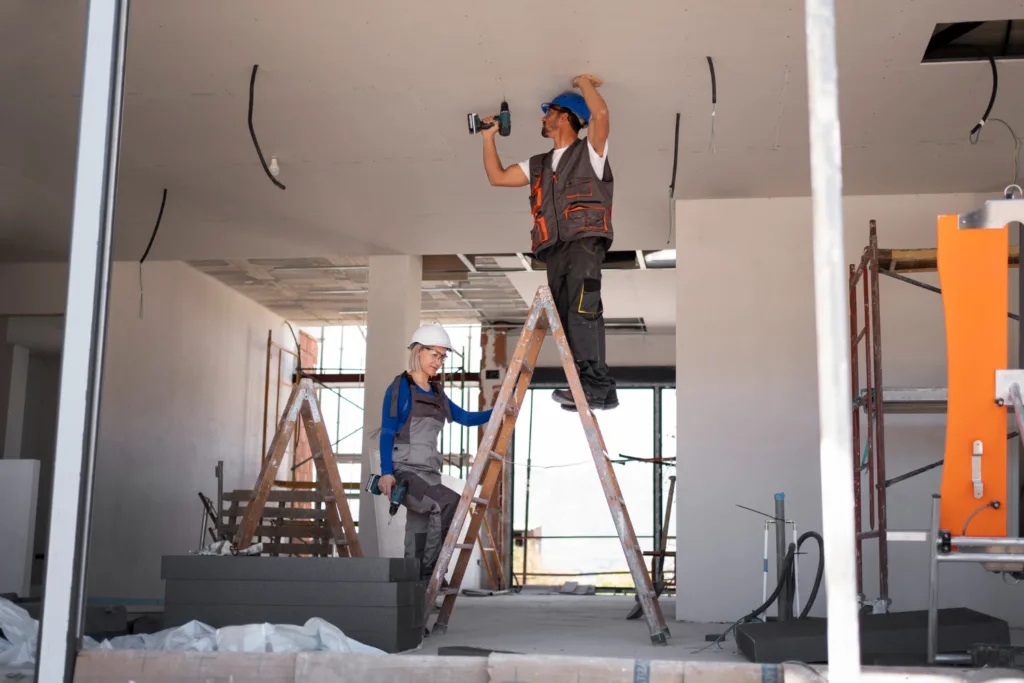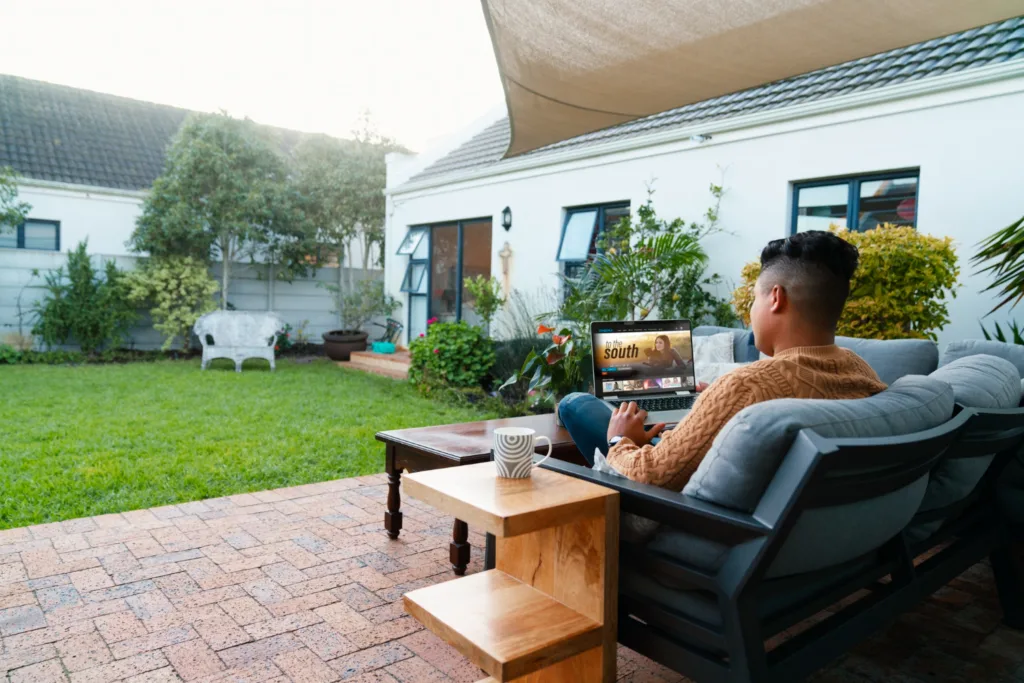
Are you feeling cramped in your San Jose, CA home? As your family grows or your needs change, the house that once felt cozy may now seem too small. Moving to a larger home can be costly and stressful, especially in the competitive housing market of Silicon Valley. Instead, consider the benefits of expanding your current living space. A well-planned home addition not only provides the extra room you need but can also significantly increase the value of your property.
In this comprehensive guide, we’ll explore some of the top home addition ideas that can help you maximize your square footage. By the end, you’ll be equipped with insights and inspiration to transform your home into a more spacious retreat.
Understanding the Basics of Home Additions in San Jose
Before diving into the possibilities, it’s crucial to understand the local regulations in San Jose. The city has specific codes and permits for any construction project, including home additions. Familiarize yourself with these requirements or work with a knowledgeable contractor who can navigate the process on your behalf.
Top Home Addition Ideas
Home expansions can generally be classified into four main types, each defined by various factors including the necessity for additional space, architectural style preferences, and the overall budget for construction. It’s important to underline that prior to deciding on a specific type and initiating plans for home additions, several critical aspects must be meticulously evaluated.
These factors include the amount of space needed, the total budget set aside for the job, and the money that is currently available. This careful thought process makes sure that the chosen home addition not only fits your space needs but also fits your budget and style preferences, resulting in a well-rounded and well-informed choice.
1. Building an ADU (Accessory Dwelling Unit)
ADUs are self-contained units that can be attached or detached from the main home. They’re an excellent way to add square footage and can serve as a guest house, rental unit, or space for an aging relative. San Jose has been at the forefront of the ADU movement, making it easier for homeowners to build these versatile spaces.
2. Second-Story Additions
For single-story homes, building upward is a fantastic way to double your living space without sacrificing yard space. This type of addition is complex and requires a skilled contractor to ensure the structural integrity of your home is maintained.
3. Bump-Outs
If you need just a bit more space in certain rooms, bump-outs are a smart choice. They can add a few extra feet to your kitchen, living room, or bedroom without the need for a completely new foundation.
4. Sunrooms
Enjoy the California sun all year round with a sunroom addition. These spaces are typically glass-enclosed and can serve as an additional living area, a green space for plants, or a sunlit home office.
5. Garage Conversions
Transform your garage into a livable space. This could be a new bedroom, a home gym, or a workshop. Garage conversions often require less structural work than other additions, making them a cost-effective option.
6. Basement Finishing
If you’re lucky enough to have a basement, finishing it can provide a significant amount of additional living space. Basements can be converted into entertainment areas, bedrooms, or even self-contained apartments.
7. In-Law Suites
These are similar to ADUs but are typically attached to the main home. They’re perfect for multigenerational families and can include a small kitchenette, living area, and separate entrance.
8. Conservatories
A conservatory is a room with glass roofing and walls, used as a greenhouse or a sun parlor. It can be a stunning addition to your home, offering a tranquil space to relax and enjoy the natural light.
9. Attic Conversions
Attics can be turned into valuable living areas when converted properly. With the addition of dormer windows, insulation, and proper flooring, an attic can become a cozy bedroom, office, or playroom.
10. Home Office Additions
With remote work becoming the norm for many San Jose residents, adding a dedicated home office is a practical way to ensure productivity and work-life balance.
Planning Your Home Addition

Set Clear Objectives
Before starting any project, define what you want to achieve with the additional space. Whether you’re looking for an income property, a place for guests, or more room for your hobbies, your goals will guide the design process.
Budgeting
Establish a realistic budget that includes all aspects of construction, from materials to labor to permits. It’s wise to include a contingency fund for unforeseen costs.
Design and Architecture
A well-thought-out design is crucial for a successful addition. It should blend seamlessly with the existing structure and meet your functional needs. Hiring an architect or designer can help you navigate this step effectively.
Hiring the Right Contractor
Your choice of contractor will greatly influence the outcome of your project. Look for a reputable and licensed professional with experience in home additions in San Jose.
Timeline
Home additions can take anywhere from a few weeks to several months. Plan accordingly and prepare for the disruption to your daily life during construction.
Trends in Home Additions and Renovations

Embracing Eco-Friendly Construction Techniques
The shift towards sustainability is gaining momentum among San Jose residents, who are increasingly prioritizing eco-friendly living. It is advisable to select materials and adopt technologies that not only enhance energy efficiency but also significantly reduce the ecological footprint of your home.
Utilizing such sustainable practices can lead to considerable savings on utility expenses over time, aligning both with environmental stewardship and economic benefits.
Advanced Integration of Smart Home Innovations
The incorporation of smart technology into home additions is transforming living spaces into hubs of convenience, security, and efficiency. Implementing systems for automated lighting, precise climate control, and enhanced security measures are becoming standard requests. These smart home solutions offer homeowners the ability to customize their living environments for optimal comfort and peace of mind, all while potentially increasing property value.
Expanding Popularity of Open Floor Plans
Open floor concepts have solidified their place as a dominant trend in the realm of home remodeling and expansions. By eliminating barriers between different living spaces, such designs foster a feeling of vastness and fluidity, making homes feel more welcoming and conducive to social interactions.
This architectural approach not only maximizes the use of space but also enhances natural light distribution, creating an inviting atmosphere for both residents and guests.
Blending Indoor and Outdoor Living Spaces

San Jose’s favorable climate serves as a perfect backdrop for designs that merge indoor comfort with outdoor accessibility. Integrating architectural features like large sliding or bi-fold doors enables a seamless transition between interior and exterior living areas.
This design philosophy not only expands the functional living space but also accentuates the natural beauty of the surrounding environment, offering a tranquil and versatile setting for relaxation and entertainment.
Designing Multi-Functional Living Areas
The concept of multi-purpose spaces reflects a growing trend towards maximizing the utility and flexibility of home environments. By envisioning rooms that can easily transition between a guest bedroom, a home office, or a cozy reading nook, homeowners can effectively utilize every square inch of their living space.
This approach to design not only caters to the evolving needs of modern lifestyles but also adds a layer of creativity and personalization to the home, making it truly adaptable to changing family dynamics and work-from-home trends.
Addressing the challenges associated with zoning and permitting, managing neighbor relations, and adhering to historic preservation guidelines requires a thoughtful and strategic approach. Here’s a more detailed explanation of each aspect:
Zoning and Permitting
Navigating the permitting process involves understanding and complying with local zoning laws and building codes. These regulations are in place to ensure that construction projects are safe, sustainable, and in harmony with the community’s planning objectives. Here’s how to address these challenges:
- Research and Planning: Begin by researching your local zoning laws and building codes. This information is usually available on your local government’s website or at the city planning office. Understanding these regulations upfront can help you plan your project within legal parameters.
- Professional Guidance: Consider hiring professionals such as architects, builders, and legal experts who have experience with local zoning and permitting processes. These professionals can help navigate the complexities of applications, interpret regulations, and ensure compliance, saving you time and potential legal headaches.
- Permit Applications: Prepare and submit detailed permit applications that include your project plans, specifications, and any other required documents. Being thorough and accurate can expedite the review process.
Neighbors

Your construction project can impact your neighbors, potentially leading to disputes or objections. To mitigate these issues:
- Open Communication: Engage with your neighbors early in the planning process. Share your construction plans and timelines, and be open to their questions and concerns. This can foster goodwill and minimize surprises.
- Consider Their Input: While you may not be able to accommodate all neighbor requests, showing that you’re willing to listen and make reasonable adjustments can go a long way in maintaining good relations.
- Dispute Resolution: If disputes arise, try to resolve them amicably through dialogue. If necessary, mediation services can help find a middle ground without escalating to legal action.
Historic Preservation
Working on a home in a historic district or with historic significance comes with its own set of challenges:
- Understanding Restrictions: Historic preservation guidelines can restrict changes to the exterior appearance, materials, and sometimes interior features of a property. Familiarize yourself with these restrictions by consulting with your local historic preservation office.
- Design Approval: In many cases, proposed changes to a historic property must be reviewed and approved by a historic preservation board or commission. This process ensures that renovations respect the historical character and significance of the building.
- Sensitive Design: Work with architects and contractors who specialize in historic preservation. They can help design your project in a way that meets modern needs while preserving the historical aspects of your home.
By addressing these challenges with careful planning, professional assistance, and respectful communication, you can navigate the complexities of your construction project more smoothly and successfully.
Conclusion
Enhance your home and lifestyle by expanding your living space with thoughtful planning and the right team. In San Jose, where space is a premium, San Jose ADU Builder & Room Addition offers expert solutions for home additions, from ADUs to second-story expansions. Our professional team tailors each project to the unique needs of San Jose residents, managing every detail from design to construction.
Committed to customer satisfaction and well-versed in local codes, we ensure your new space is not only larger but built to last, adding comfort and value to your home.
Contact us to transform your vision into a beautifully designed, seamless extension of your home, perfect for creating and cherishing future memories.

